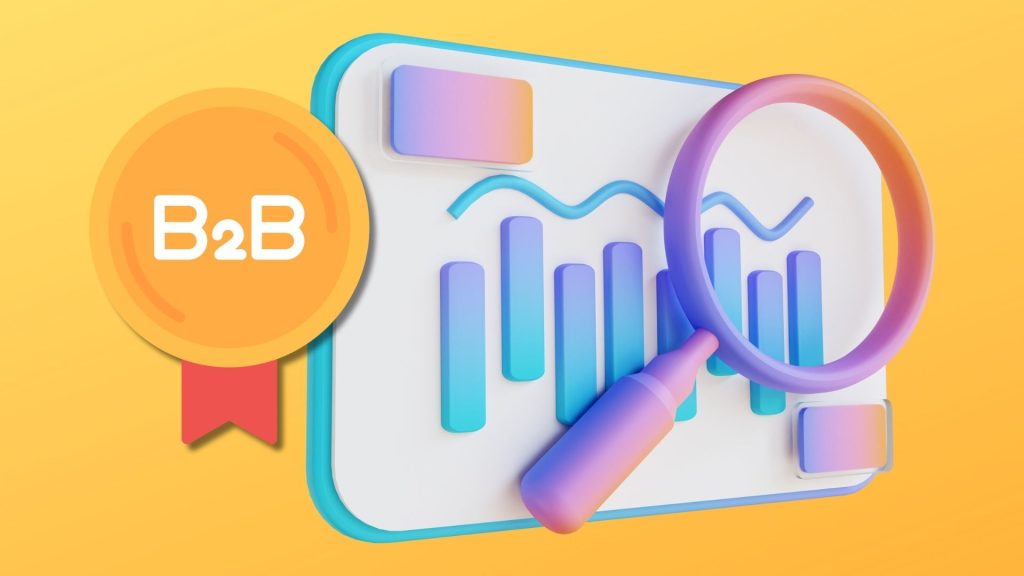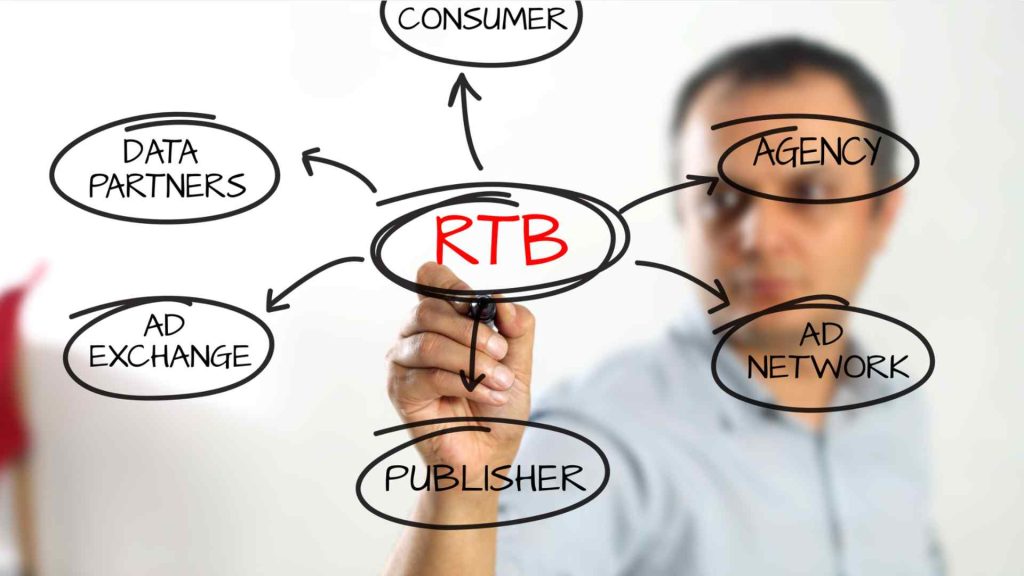Programmatic vs Real-Time Bidding (RTB) Ads

The growth of digital advertising has been driven by automation. Brands no longer rely solely on manual negotiations and direct ad placements; instead, they use technology to buy and deliver ads more efficiently. Within this landscape, programmatic advertising and real-time bidding (RTB) are often mentioned together, sometimes interchangeably. However, they are not the same. Programmatic is the broader framework of automated ad buying, while RTB represents one method within that system. Understanding the differences between the two is essential for advertisers aiming to maximize campaign performance.
Key Takeaway:
Programmatic advertising is the overall automated system for buying digital ads, while real-time bidding (RTB) is one method within it that uses auctions. Programmatic offers multiple deal types, including direct and private marketplace buys, while RTB focuses only on bidding for impressions in real time.
What Is Programmatic Advertising?
Programmatic advertising refers to the automated process of buying and selling digital ad inventory using software and data-driven decisions. It eliminates the need for traditional negotiations between advertisers and publishers by relying on algorithms to execute media purchases in real time. Instead of human-to-human deals, machines handle the placement of ads across websites, apps, and digital platforms.
There are multiple types of programmatic deals.
- Programmatic direct allows advertisers to secure specific placements in advance with guaranteed impressions.
- Preferred deals provide access to premium inventory at agreed-upon prices before it becomes available in open auctions.
- Private marketplaces operate as invitation-only exchanges where select advertisers can compete for high-quality inventory.
Together, these variations show that programmatic encompasses far more than just auctions.
Understanding Real-Time Bidding (RTB)
Real-time bidding is a specific mechanism within programmatic advertising. It functions as an open auction where ad impressions are bought and sold in milliseconds. When a user loads a webpage or app, an ad request is sent to multiple advertisers. Each advertiser evaluates the user data, determines the value of the impression, and submits a bid. The highest bidder wins, and their ad is displayed instantly.
RTB is cost-efficient because advertisers only pay what they believe an impression is worth. Unlike traditional methods where ads are purchased in bulk, RTB ensures each impression is assessed individually. This makes it particularly effective for performance-driven campaigns focused on reaching precise audiences at the right moment.
How Each Method Works
Programmatic advertising acts as the overarching system that connects advertisers to inventory through demand-side platforms (DSPs), supply-side platforms (SSPs), and ad exchanges. The technology uses data and algorithms to identify where ads should appear, often incorporating advanced targeting features such as behavioral, contextual, or geographic filters.
RTB fits within this system as an auction-based method. While programmatic can secure deals in advance or through private negotiations, RTB involves competing for impressions in real time. Both rely on automation, but RTB emphasizes dynamic competition, while other programmatic methods emphasize guaranteed access and control.
Key Differences Between Programmatic and RTB
The most important distinction is scope. Programmatic advertising is the umbrella term that describes all automated media buying, while RTB is one way of executing those purchases. Programmatic can include fixed deals and private arrangements, whereas RTB is always auction-based.
Another difference lies in control and transparency. Programmatic direct gives advertisers more certainty about where their ads will appear, which is valuable for brand safety. RTB, on the other hand, provides less control over placement but greater flexibility in bidding for individual impressions. For advertisers, the choice often comes down to whether guaranteed exposure or bidding efficiency is the greater priority.
To make the contrast clearer, here’s a quick comparison:
| Aspect | Programmatic Advertising | Real-Time Bidding |
| Scope | Broad term covering all automated ad buying methods | Subset of programmatic, focused on auctions |
| Buying Model | Includes direct deals, private marketplaces, and RTB | Always auction-based, impression-by-impression |
| Control & Transparency | Higher control with guaranteed placements (e.g., direct deals) | Less control over placement, depends on auction outcomes |
| Flexibility | Limited by predefined deals | High flexibility, bids adjusted in real time |
| Best Use Case | Brand awareness, premium placements | Performance-driven, cost-efficient targeting |
Benefits and Limitations of Programmatic Advertising
Programmatic advertising offers scale and efficiency, allowing campaigns to run across thousands of sites and platforms without manual intervention. It leverages audience data to improve targeting accuracy, ensuring ads reach users most likely to engage. Additionally, the ability to track performance in real time provides advertisers with valuable insights for optimization.
However, programmatic is not without challenges. Concerns over ad fraud, such as bots inflating impressions, remain a significant issue. Data privacy regulations also place limits on targeting practices, forcing advertisers to balance personalization with compliance. For brands prioritizing premium placements, costs may also be higher compared to auction-based methods.
Pros and Cons of RTB Advertising
RTB’s greatest strength is cost efficiency. Advertisers can bid based on the value they assign to each impression, often achieving strong returns on investment. The method is highly flexible, allowing quick adjustments to bidding strategies and targeting. It is particularly suited for campaigns that depend on audience precision, such as retargeting users who have shown prior interest in a product.
The drawbacks come from its unpredictability. Because RTB is auction-based, advertisers do not always secure the impressions they want, especially when competing for high-demand audiences. Brand safety can also be harder to control, as ads may appear in less desirable placements unless strict filters are applied. While RTB provides efficiency, it may not always guarantee premium visibility.
Choosing the Right Approach for Your Campaign
Selecting between programmatic direct methods and RTB depends on campaign objectives. If an advertiser needs guaranteed impressions on premium sites, programmatic direct or private marketplace deals are more appropriate. This ensures brand visibility in trusted environments.
For performance-driven campaigns with flexible budgets, RTB is often the better choice. It allows advertisers to optimize spending on the fly and target audiences at scale without committing to fixed placements. Many advertisers use a combination of both approaches, leveraging programmatic direct for brand awareness and RTB for conversions.
Conclusion
Programmatic advertising and real-time bidding are closely connected but not interchangeable. Programmatic refers to the overall automated ecosystem, while RTB represents the auction-based buying method within it. Each offers unique advantages and challenges, and the decision between them should be based on campaign goals, audience needs, and budget flexibility. For modern advertisers, understanding how programmatic and RTB complement one another is key to building strategies that balance efficiency, control, and performance.


